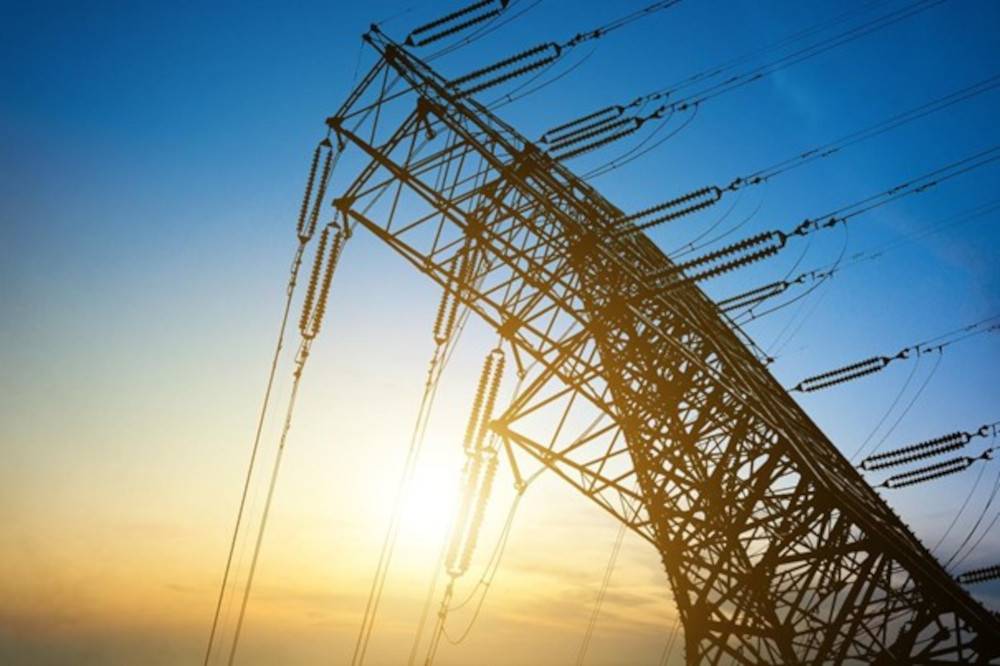Glossary of the terms and issues relating to the electrical power engineering, Part 2
 Glossary of terms – energy sector: electrical power cable
Glossary of terms – energy sector: electrical power cable
In the previous entry, Glossary of the terms and issues relating to the electrical power engineering, Part 1, we started introducing the most important terms in the field of the electrical power engineering we deal with at Eltel Networks in Poland. Today, we present part two of our glossary including, but not limited to, the physical units, the terms such as micro- and small systems or energy storage facilities, which is to say the issues that are currently very topical in the power engineering construction market.
Generation unit – a separate set of devices owned by a power company or a customer, designed for electricity generation (e.g. generators or photovoltaic panels) and power output (e.g. transformers, lines), described by technical and commercial data. The generation unit comprises unit transformers and unit lines, including connectors at the point where the unit is connected to the grid.
Units related to the power engineering:
Frequency – hertz [Hz]
Magnetic induction – tesla [T]
Magnetic inductance – henry [H]
Electric charge – coulomb [C]
Electric voltage – volt [V]
Electric field intensity – volt per meter [V/m]
Magnetic field intensity – ampere per metre [A/m]
Electric current – ampere [A]
Electrical resistance – ohm [Ω]
Capacitance – farad [F]
Electrical conductivity – siemens [S]
Power cable – an insulated conductor, single or multi-core, surrounded by a common sheath. It protects against the penetration of moisture or other harmful substances that may have an adverse impact on insulation, mechanical damages and electrical shock. Cables are used to permanently connect the power sources to their electrical consumers. They are used for transmission of electrical energy or information through electricity. In the Polish transmission and distribution networks, high-voltage cables are most often insulated with cross-linked polyethylene, which allows for reduced transmission losses and high reliability. The main raw material required for the production of high-voltage cables is copper or aluminium.
Cogeneration – a process that is characterized by simultaneous production of electricity and heat.
Power Dispatch Centre (PDC) – its task is to manage the operation of the main network (750, 400, 200 kV), as well as the regional network and some of the 110 kV lines that are of systemic importance.
National Power Grid (NPG) – a set of devices used the distribution, transmission and generation of electricity, combined into a system facilitating continuous and uninterrupted supplies of electricity. The operator of the National Power Grid is Polskie Sieci Elektroenergetyczne.
Electrical energy storage facility – a separate device or set of devices used to store electricity in a different form, generated from technological or chemical processes. There are five different energy storage technologies:
- mechanical (pumped-storage power stations, compressed air storage facilities, flywheel)
- electrochemical (batteries and rechargeable batteries)
- chemical (fuel cells, hydrogen or methane formation)
- thermal (accumulation of sensible or latent heat)
- electrical (super-capacitors)
In recent years, the rechargeable battery-based storage is becoming the most common and most popular energy storage facility.
For more about energy storage facilities, read Modern PV energy storage facilities – can a company be self-sufficient in its energy needs?
Small installation – installation of a renewable energy source with a total installed electrical capacity higher than 50 kW and not higher than 1 MW, connected to a power grid with a rated voltage of less than 110 kV or a combined heat output higher than 150 kW and not higher than 3 MW, with a total installed electrical capacity higher than 50 kW and not higher than 1 MW.
Point of supply – the location in the grid where the power company supplies electricity to, indicated in the grid connection contract or in the distribution service contract, in the electricity sales contract or in the comprehensive contract, which is at the same time the point of its reception.
Point of Supply of the Balancing Market Electricity (MB) – the location in the network covered by the area of the Balancing Market, defined by the transmission system operator, that represents a single node, a group of nodes of the network or a contractual “over the network” point, where electricity is transferred between the Balancing Market Participant and the Balancing Market.
Point of Supply of the Retail Market Electricity (MDD) – the location in the distribution network outside the area of the Balancing Market, defined by the transmission system operator, or the Entity Responsible for Balancing (ERB), where electricity is transferred between the Seller and the Balancing Market Participant (BMR).
Connection point – the point in the network where the terminal connects to the network.
Micro-installation – an installation of a renewable energy source with a total installed electrical capacity not higher than 50 kW, connected to a power grid with a rated voltage of less than 110 kV or a combined heat output not higher than 150 kW, with a total installed electrical capacity not higher than 50 kW.
Micro-source – an electricity generator independent of the primary energy source, permanently installed along with protection systems, connected by means of a single- or multi-phase system to the low-voltage network, with a nominal current no higher than 16 A.
Available power – the generating capacity minus power losses that can be dispatched by the transmission system operator under the actual operating conditions.
Electric power – calculated by multiplying the voltage and current of the electric energy. The unit is watt.
Generating capacity – the test-approved maximum active power at which a generation unit can operate at nominal parameters for an unlimited period, without adversely affecting the service life of the unit. It is the maximum continuous power with which a power plant can operate for the period of time set out in the definition with good condition of the equipment and under normal conditions.
Connection power – the active power planned to be drawn from or introduced into the network, defined in the connection agreement as the maximum value determined during each hour of the settlement period from the mean values of that power over a period of 15 minutes, used to design the connection.
Contracted power – the active power, drawn from or introduced into the network, set out in one of the documents:
- the distribution service contract, the electricity sales contract or the comprehensive contract, as the maximum value determined during each hour of the settlement period from the mean values of that power recorded in 15-minute periods;
- the electricity transmission service contract concluded by and between the TSO and the DSO, as the mean of the relevant DSO’s maximum total average hourly power consumptions at the points of electricity supply from the transmission network, which are the points of connection of the distribution network to the transmission network, determined from the readouts of the metering and settlement systems;
- the electricity transmission service contract concluded by and between the TSO and the DSO, for the points of electricity supply that are not the points of connection of the distribution network to the transmission network, as the maximum value of the mean values of that power within one hour.

Supervisor – means an employee designated by the line manager, holding a valid certificate of competence for the supervisory or operational position, who performs supervision activities only.
Due diligence – performing the operational activities and maintenance works on the power facilities, installations and equipment within the deadlines and scopes consistent with the applicable regulations and instructions, including the Distribution Grid Code, taking into account the principles of cost efficiency and minimization, leading to the required reliability, quality of supplies and adherence to the contractual arrangements.
Voltage – the difference in potentials between a conductor or a point of the electrical system and another conductor or point, or the earth. The unit is 1 volt. In the system, the voltage between two conductors of different phases is 400 V, and between the conductor of each phase and the earth is 230 V. Voltage is divided into: low rated voltage below 1 kV, medium rated voltage (between 1 kV and 110 kV) and high rated voltage above 110 kV.
Declared voltage – the value of supply voltage agreed between the DSO and the customer – this value is usually in line with the rated voltage.
Rated voltage – rms (root-mean-square) voltage that identifies the power network.
Illegal drawing of energy – obtaining energy without having concluded an agreement, completely or partially evading the metering and settlement system or by interfering with that system in a way that falsifies the measurements taken by the metering and settlement system.
Normal grid operation setup – a setup of grid operation and the generation sources connected to it which provides optimal technical and economic conditions for the transmission of electricity and meets the grid reliability criteria and the criteria of quality of the electricity supplied to grid users.
Normal grid operation conditions – an operating status of a grid in which the power demand is covered, including the switching operations and the elimination of disturbances by an automatic protection system, with simultaneous absence of exceptional circumstances due to:
- external factors such as non-compliance of the customer’s system or equipment with applicable standards and regulations;
- factors out the control of the DSO, such as exceptional weather conditions and natural disasters, disturbances caused by third parties, force majeure events, imposition of power limits in accordance with other regulations.
Summary of the terms used in the electrical power engineering, Part 2
Interested in electrical power engineering? We encourage you to read part three of our glossary. It contains terms such as electricity trading, distribution and transmission system operators and cable types.
Author: Piotr Wyrzykowski